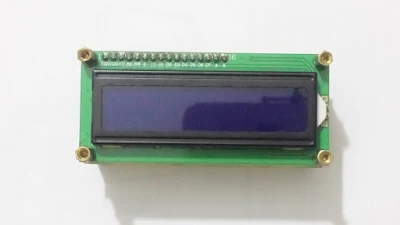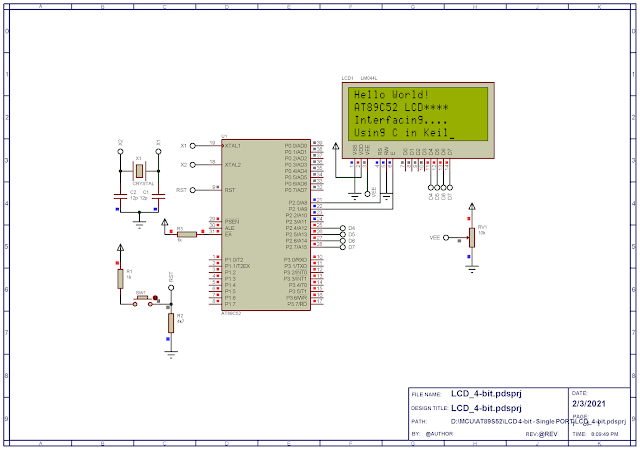Character LCD is commonly found in some digital electronics controlled system. The HD44780 is an easy-to-use character LCD controller so far. Currently, there are many comparable LCD controller manufactured by various companies.
 |
| A 16x2 LCD I use for prototyping |
Its LCD controller could be controlled using 8-bit, or 4-bit mode. Controlling this module in 4-bit mode is very common due to microprocessor data pin saving. I don't show the steps of LCD interfacing in this post due to duplication.
I draw its circuit in simulator.
 |
| Circuit Diagram |
Due to ISP absence for AT89C52. I can burned firmware into this controller. Hence I just only simulate this program in simulator.
 |
| Program simulation |
Click here to download this example.
No comments:
Post a Comment